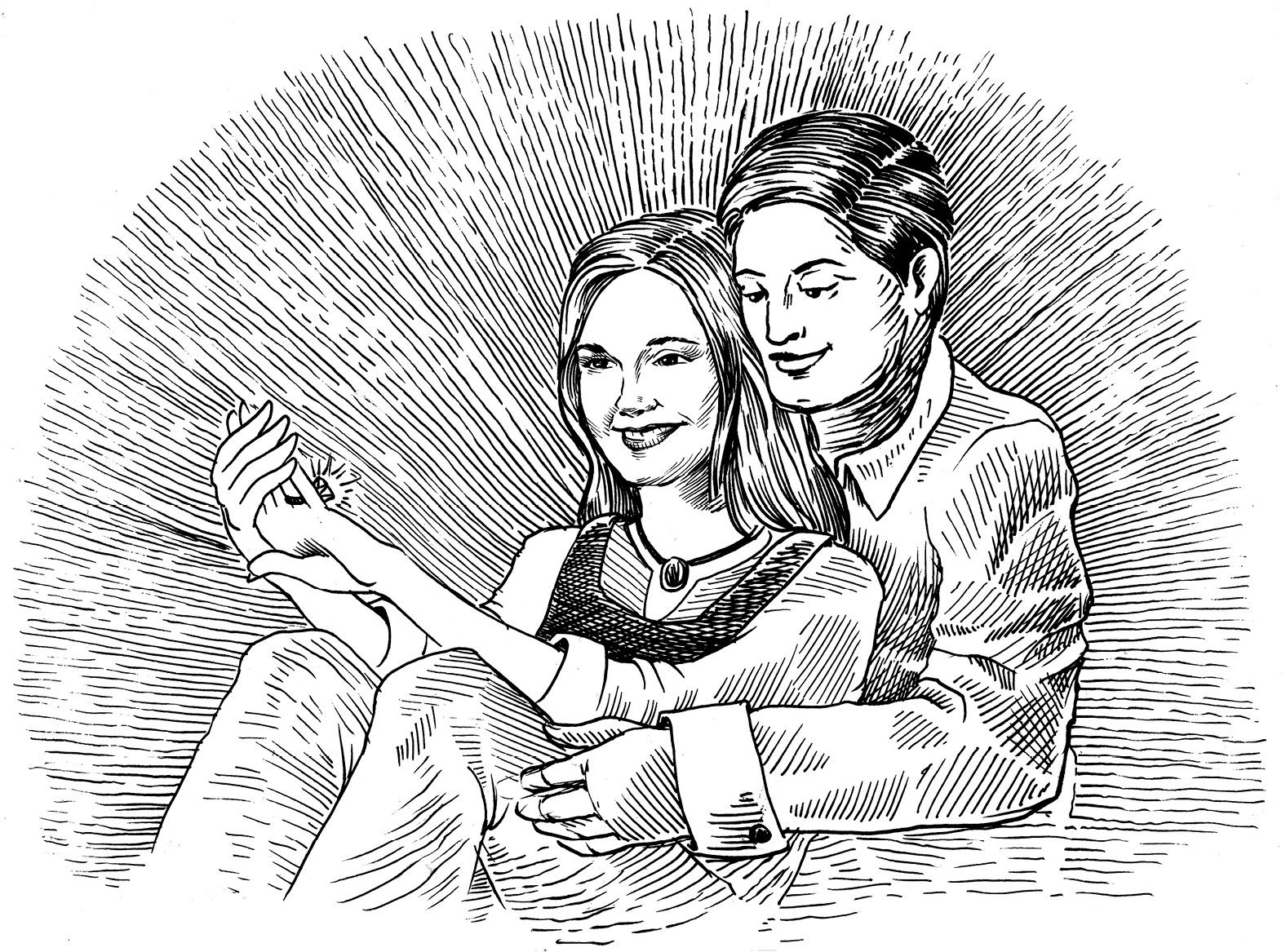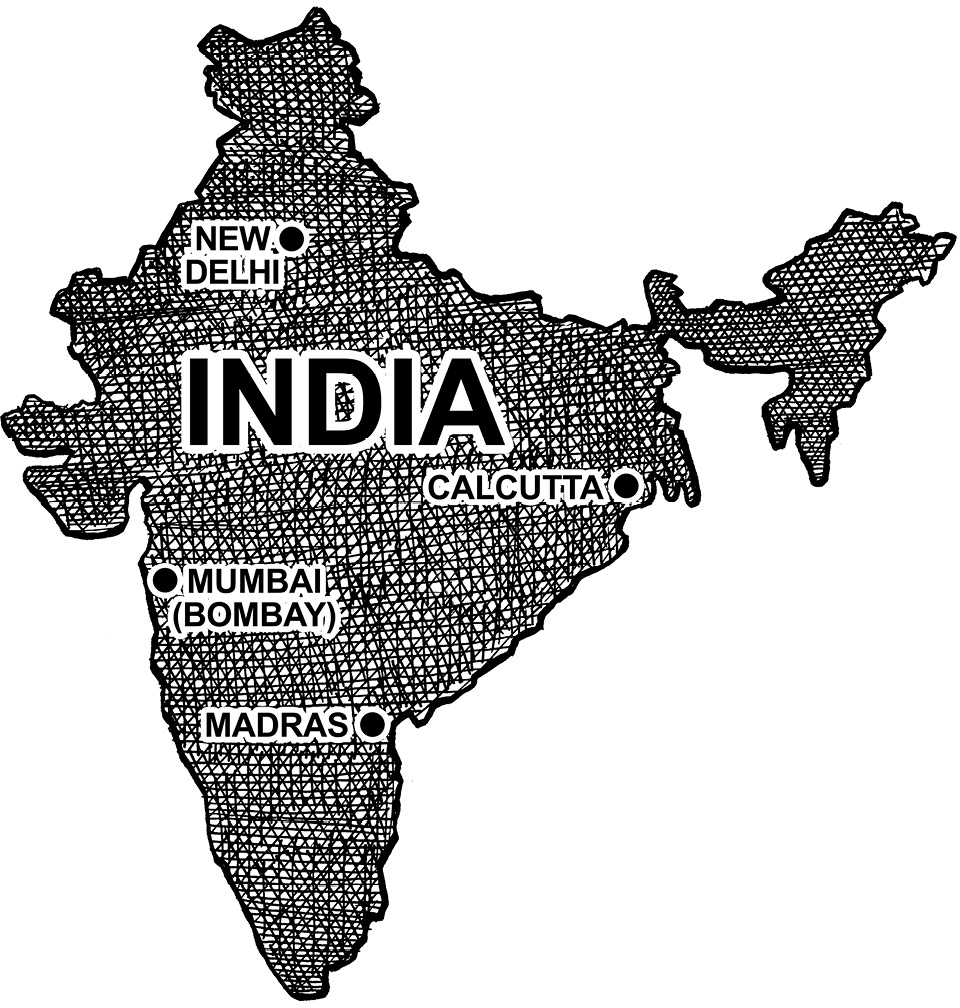Chapter 4
Finding Her Place in the World
Many of the young women at Smith had grown up in families that had plenty of money. They hadn’t experienced any of the hardships that Gloria had. But Gloria headed to Smith with an open mind.
She had learned how to tell funny stories from her father. She found a way to make her family life sound fun and a bit crazy. Soon Gloria’s “tales of Toledo” became a way for her to entertain her classmates and make friends.
Gloria also dressed differently than her classmates. Most of them wore the standard fashions of the 1950s: Bermuda shorts, kneesocks, blouses with cardigans, and pearl necklaces. But Gloria wore heavy eye makeup and lots of inexpensive jewelry. She also had long nails, which were always manicured. Her classmates were fascinated with Gloria and her style. They often asked if they could borrow her clothes.


Gloria loved college from the moment she arrived. She was able to focus on schoolwork for the first time in her life. She didn’t have to look after her mother, worry about money, and work at part-time jobs. Her grades soon improved. By the end of her sophomore year, Gloria was on the dean’s list.
Smith College offered students the opportunity to study abroad in Europe for their junior year. Gloria applied to the program in Geneva, Switzerland, and was accepted. In the fall of 1954, she first went to France, where she stayed with a family in Paris to brush up on her French. Then she traveled on to the University of Geneva. While she was there, Gloria studied history, law, and literature. Her favorite class was international law.

When her courses in Geneva were over, Gloria earned a scholarship to study at Oxford University in England for the summer. She took even more literature classes and studied politics as well.

In the fall of 1955, Gloria returned to Smith College for her final year. At the beginning of her senior year she met Blair Chotzinoff. Gloria had gone out on dates with other young men while at Smith, but Blair was different. He was a pilot for the Air National Guard, and he was funny and adventurous. And Blair fell hard for Gloria. He took her for plane rides on their dates, and one time he even wrote “Gloria” in the sky over the Smith campus. He thought she was not only beautiful, but bright and witty and independent.

Before long, Gloria and Blair were engaged to be married. Most women in Gloria’s class expected to get married, settle down, and start a family. But soon after getting engaged, Gloria became uncomfortable with her decision. What would marriage mean for her? She had put her difficult childhood behind her and gone to an excellent college. Would she be losing all she had gained?

Although she loved Blair, she worried that marriage would stop her from having a career. Gloria had only just found her freedom, and she did not want to lose it.

Gloria graduated from Smith College on June 3, 1956. She had gone from struggling with her grades to becoming one of the top students in her class. Her father, mother, and sister were there to see Gloria accept her diploma.
After graduation, everyone expected Gloria to focus on her upcoming wedding. But Gloria felt more and more uneasy about getting married. She wasn’t ready to settle down.
Gloria decided to call off the wedding. She loved Blair, and the decision was a difficult one to make. She decided to attend a one-year program to study in India. It would be a chance to get away and spend some time on her own.
On February 4, 1957, Gloria arrived in Bombay (now called Mumbai), India. From there she traveled to New Delhi, where she would study at the University of Delhi. Kayla Achter, a classmate from Smith, was also in the program.
The scholarship lasted for three months. Afterward, Gloria and Kayla decided to travel together and explore India. Gloria found India, its culture, and its people fascinating. She became very interested in the teachings of Mohandas Gandhi, an Indian leader who had helped India win its independence from the British in 1947. Gloria studied Gandhi’s teachings of how to overcome oppression with nonviolence.



Gloria spent a month in Calcutta and then headed to the Madras region of India. There, she joined a group of Gandhi’s followers who organized a walk to protest the caste, or class, system in India. As she traveled around the country, Gloria gained a better understanding of Indian society, especially how badly women and members of the poorer, lower castes were treated. Gloria began to think about her own country in a new way. She started writing articles about what she saw and how it made her feel about the role of women in America, as well as in India. She wanted her writing to help people back in the United States see society in a new and different way.
Before leaving India, Gloria wrote a travel guide called The Thousand Indias. It was published by the Indian government and was meant to attract Americans to study and travel in India. The guidebook became popular, and Gloria got more writing assignments. Her writing and other part-time jobs allowed her to stay in India for another year.

Gloria’s time in India was a major turning point in her life. “Most of us,” she later wrote, “have a few events that divide our lives into ‘before’ and ‘after.’ This was one for me.”